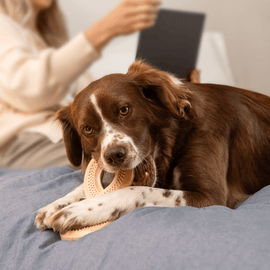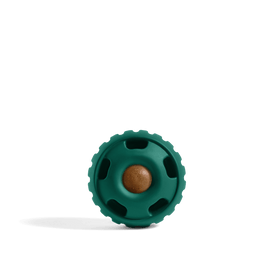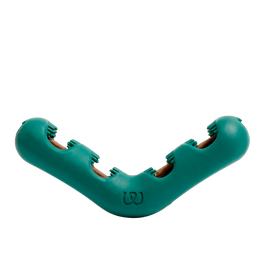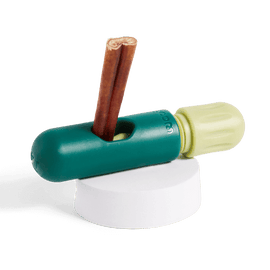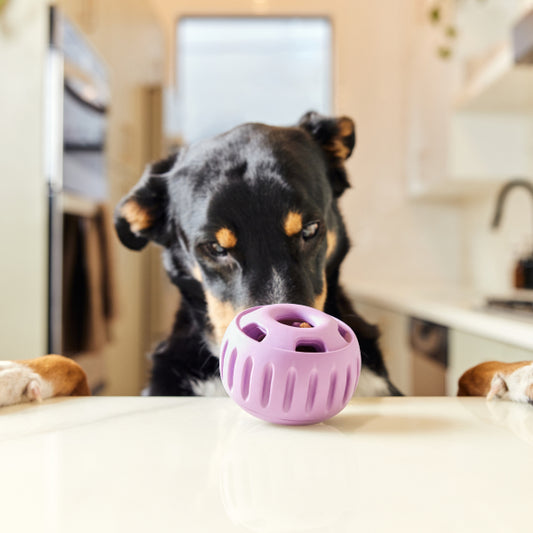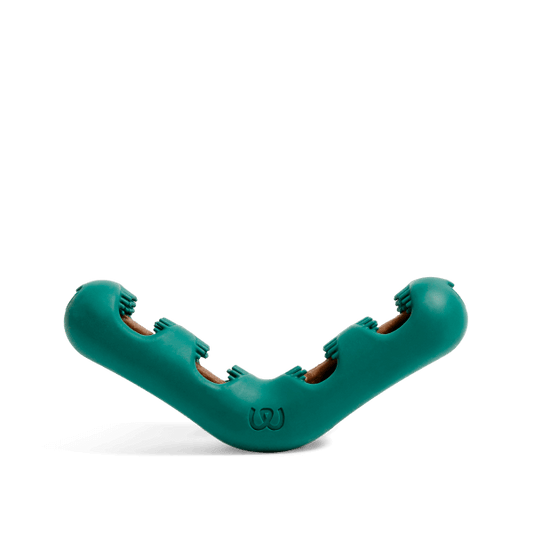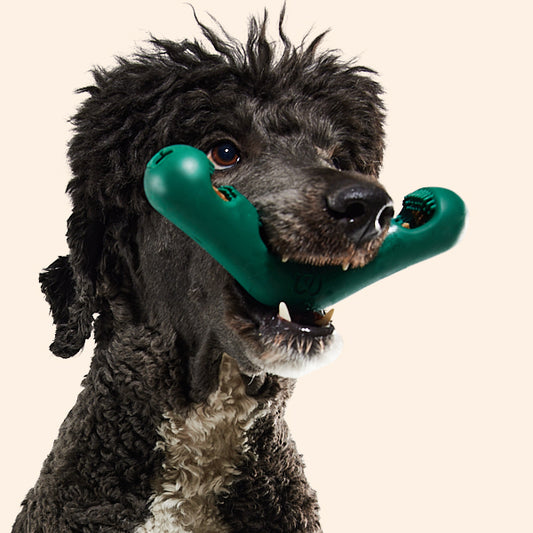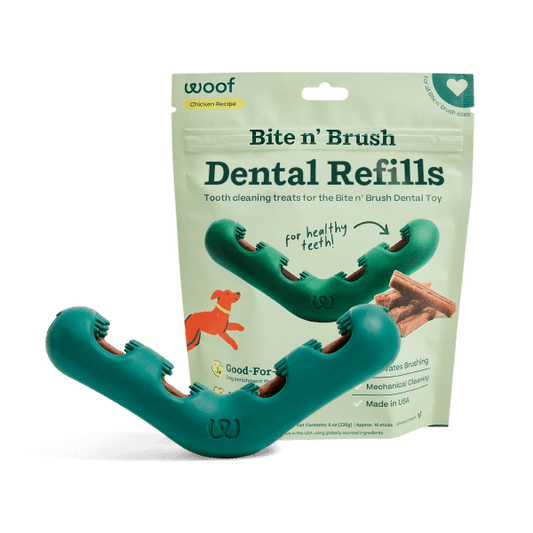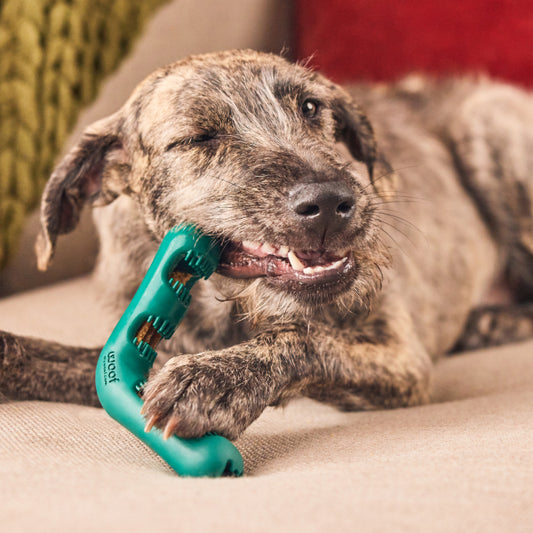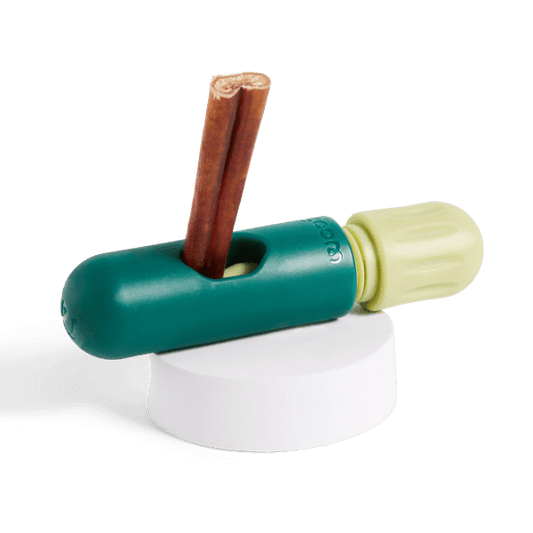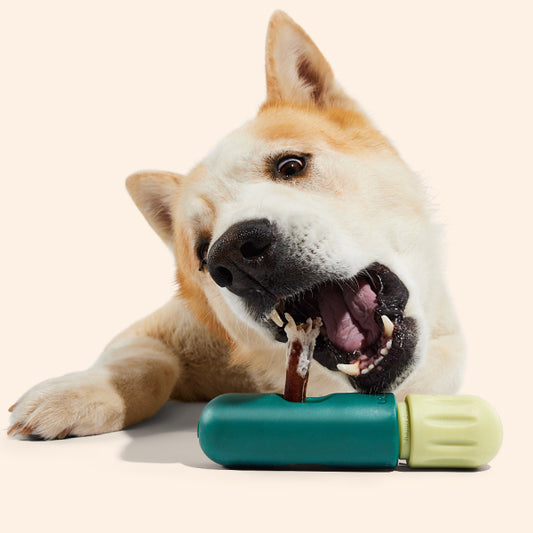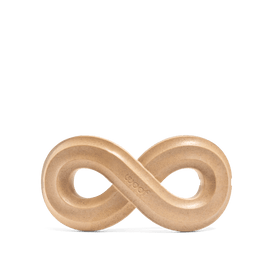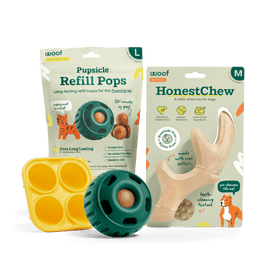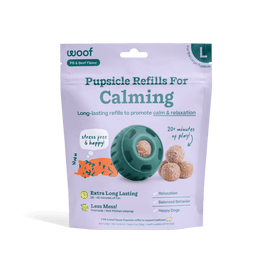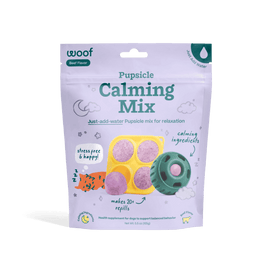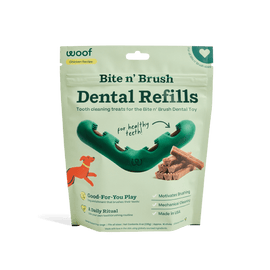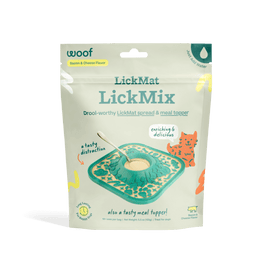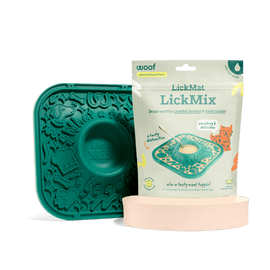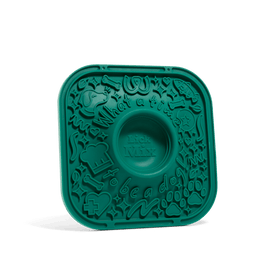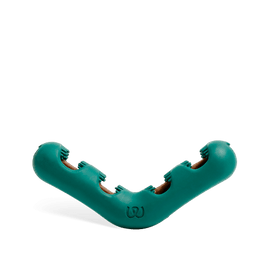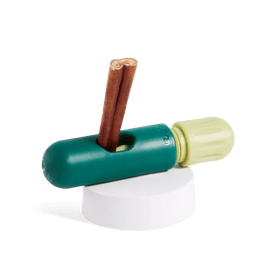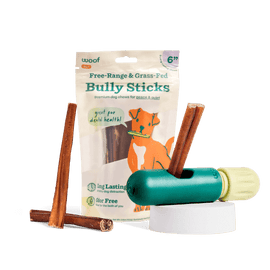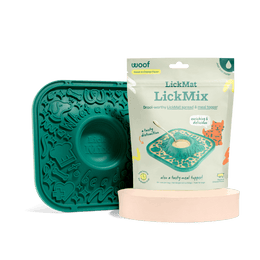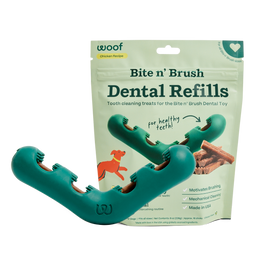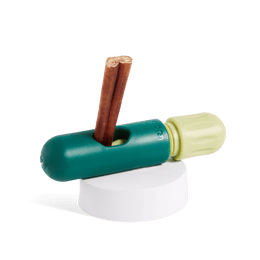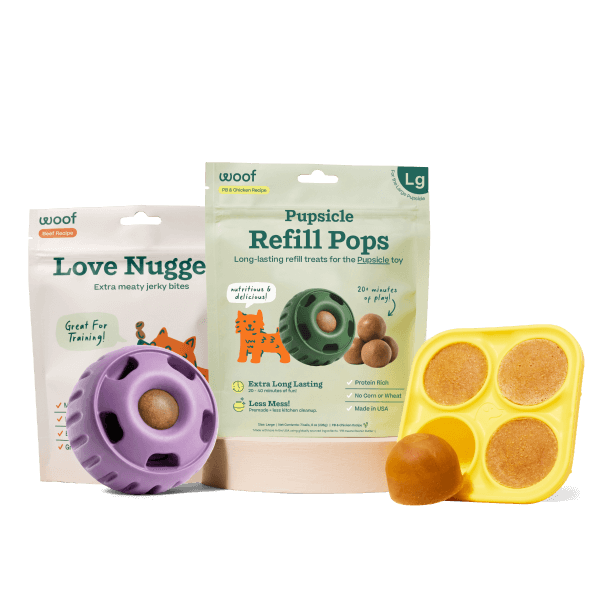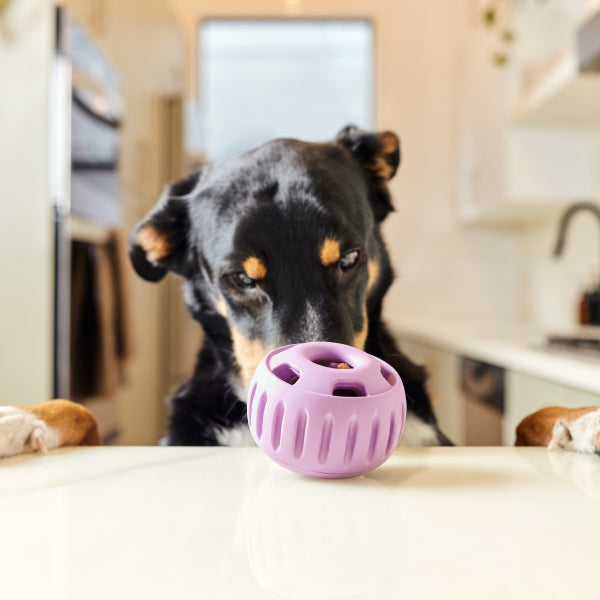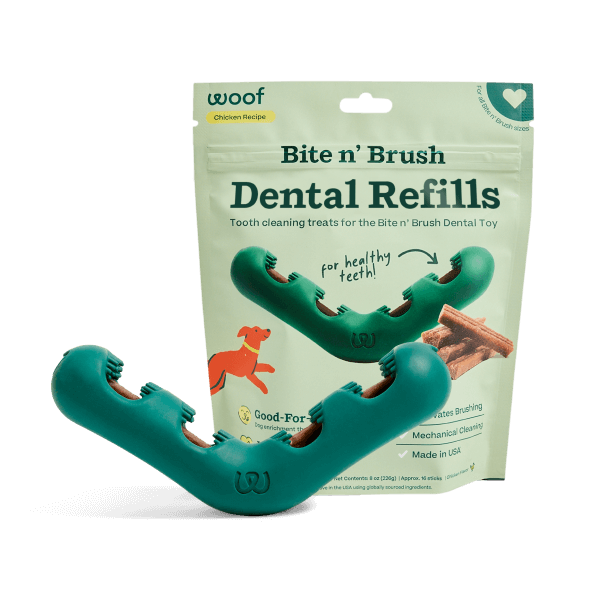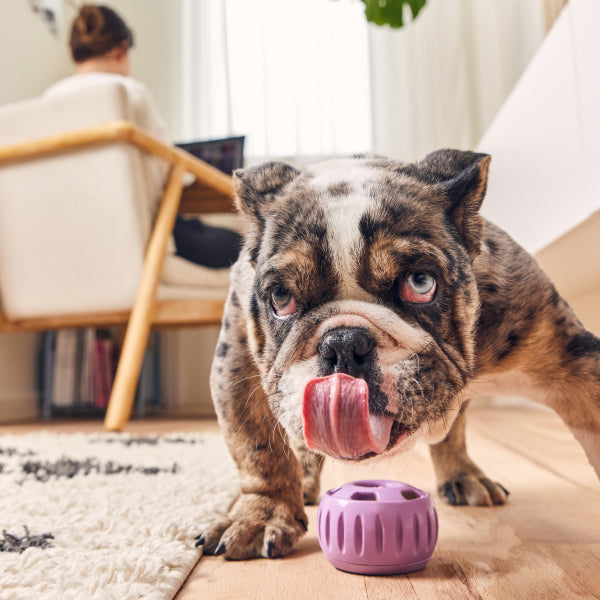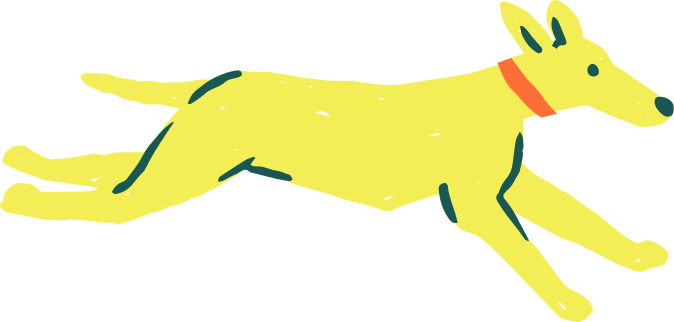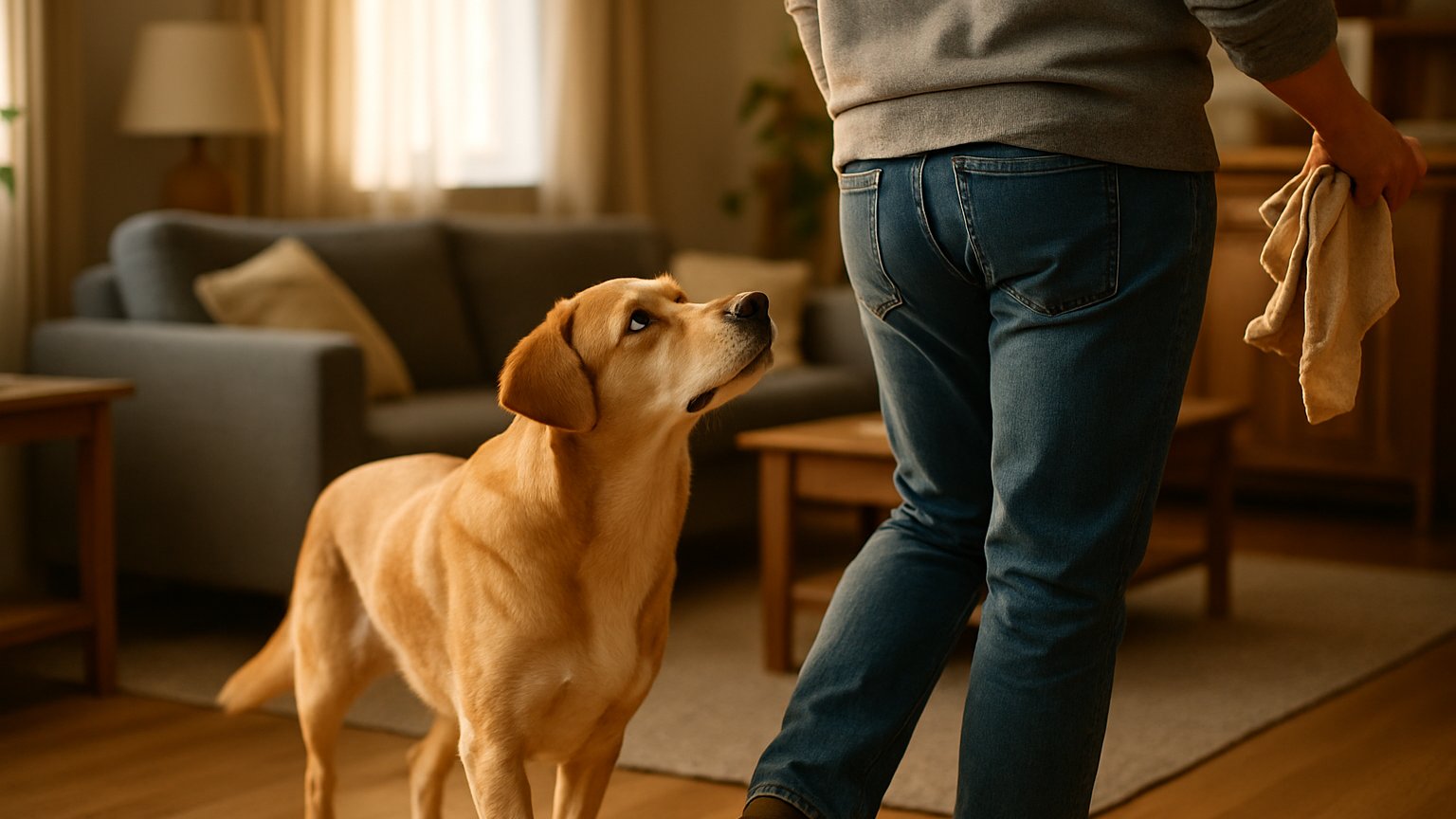
Have you ever noticed your dog following you from room to room, refusing to leave your side, or becoming anxious when you prepare to leave the house? These behaviors might seem endearing at first, but they could be signs that your dog is overly attached to you. Understanding the subtle cues of clingy behavior, often referred to as "velcro dog syndrome," is crucial for maintaining a healthy relationship with your furry friend.
Dogs are naturally social animals and form strong bonds with their owners. However, when these bonds become excessive, it can lead to behavioral issues that affect both the dog and the owner. Recognizing the signs of overattachment is the first step in addressing the behavior and ensuring your dog remains happy and healthy.
Signs Your Dog May Be Overly Attached
Overly attached dogs often exhibit behaviors that go beyond normal companionship. Some common signs include:
- Following You Everywhere: If your dog trails you from room to room and even into the bathroom, it may indicate a need for constant companionship.
- Separation Anxiety: Signs such as whining, barking, or destructive behavior when you're away can point to separation anxiety.
- Refusal to Eat Alone: Some dogs may not eat unless you're present, showing a dependency on your presence.
- Excessive Attention-Seeking: Constant nudging, pawing, or licking for attention can be signs of clinginess.
- Sleep Behavior: Insisting on sleeping in your bed or at your feet may indicate an overattachment.
Understanding the Causes
Several factors can contribute to a dog's excessive attachment:
- Breed Characteristics: Certain breeds, like Shih Tzus and Labrador Retrievers, are more prone to clingy behavior due to their affectionate nature.
- Changes in Environment: Moving to a new home or changes in routine can cause stress and lead to clinginess.
- Health Issues: Illness or aging can make dogs seek more comfort and security from their owners.
- Previous Trauma: Dogs that have experienced neglect or abuse may become overly attached as a coping mechanism.
- Lack of Socialization: Insufficient exposure to other people or animals can result in a dog becoming overly reliant on their owner.
How to Help Your Dog Become More Independent
Addressing your dog's overattachment requires patience and consistent effort. Here are some strategies to promote independence:
- Gradual Desensitization: Practice leaving your dog alone for short periods and gradually increase the duration to help them become accustomed to your absence.
- Provide Mental Stimulation: Engage your dog with interactive toys, puzzle feeders, and training sessions to keep their mind occupied.
- Establish a Routine: Consistent feeding, walking, and playtimes can provide a sense of security and reduce anxiety.
- Encourage Alone Time: Create a comfortable space for your dog to relax alone, using positive reinforcement when they remain calm.
- Consult a Professional: If your dog's clinginess persists, consider seeking advice from a veterinarian or a certified dog behaviorist.
At Woof, we understand the challenges of managing a clingy dog. Our LickMat and Pupsicle products are designed to provide mental stimulation and promote independence in a fun and engaging way. Incorporating these tools into your dog's routine can help alleviate overattachment behaviors.
Remember, while it's natural for dogs to form strong bonds with their owners, it's essential to ensure that these bonds remain healthy and balanced. By recognizing the signs of overattachment and taking proactive steps, you can help your dog develop into a confident and well-adjusted companion.
